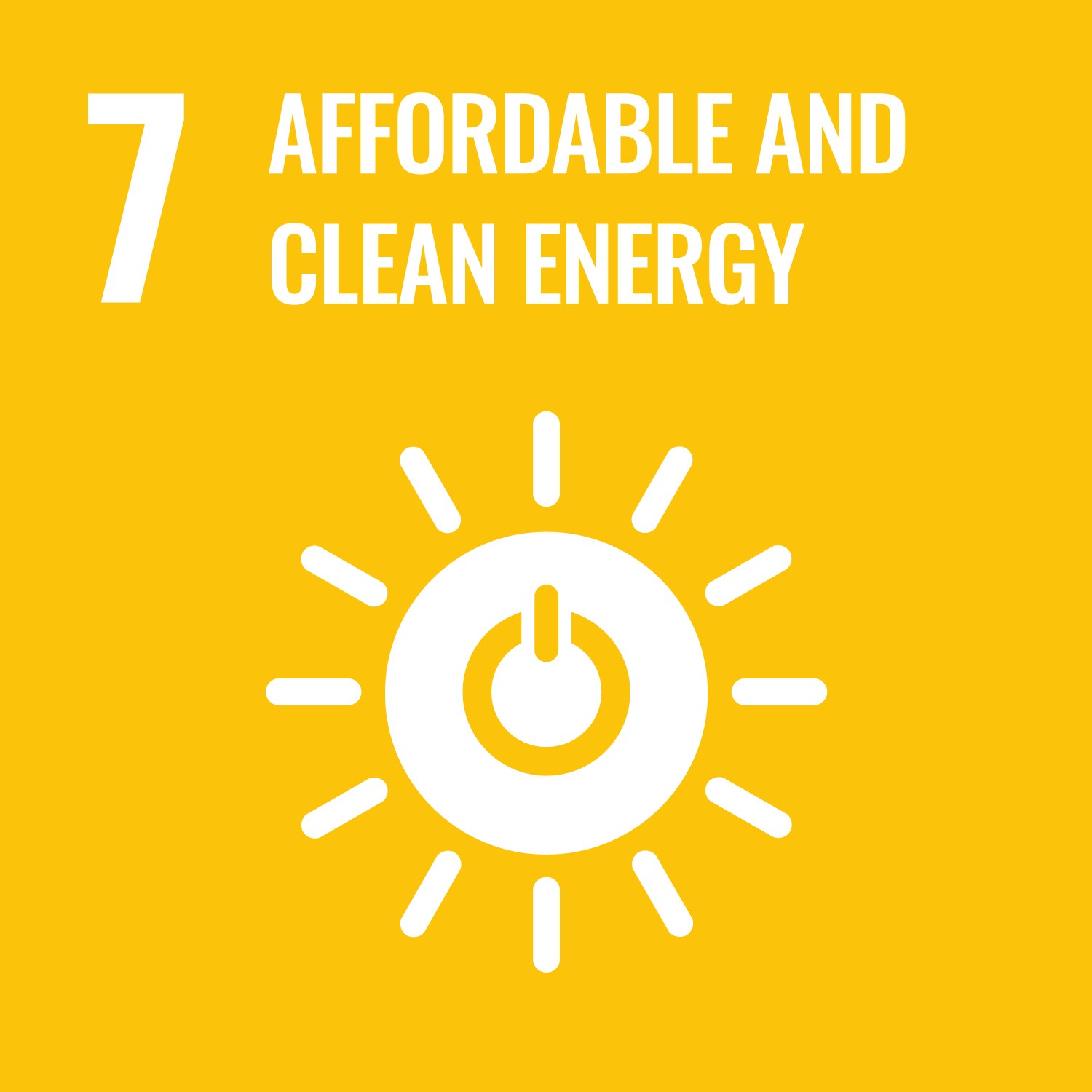Kumar, A., Pandey, D.S. orcid.org/0000-0003-4154-4912 and Mondal, T. (2025) Experimental investigation of process parameters for hydrogen-rich syngas production from rice husk gasification. Sustainable Chemistry for Climate Action, 6. 100061. ISSN: 2772-8269
Abstract
The overconsumption of conventional fossil fuel by the energy and petrochemical sectors demands for the development of alternate renewable sources. Biomass is found to be an effective alternate renewable energy source for the carbon-neutral production of energy and chemicals. Rice husk, one of the most common and abundant lignocellulosic biomass in Asia, is used in the present work as potential feedstock for the thermochemical conversion through gasification process in a lab-scale fixed bed (downdraft) reactor. In this work, the influence of various parameters such as the physico-chemical properties of the biomass, the temperature of gasifier, the size of the particles, the steam flow rate, equivalence ratio (ER) and gasifying agents such as mixture of (air + steam) and steam alone were investigated. The (air + steam) mixture at an ER of 0.27, steam flow rate of 0.775 ml.min‾¹, and the reactor temperature at 950 °C, yielded the highest hydrogen of ∼40 % (vol.) and carbon monoxide of ∼12 % (vol.) with a high heating value (HHV) of ∼7 MJ.m‾³. In contrast, when the experiments were conducted using steam alone as the gasifying agent at an ER of 0.24 with steam flow rate 0.6 ml.min‾¹ and the reactor temperature 950 °C, the produced syngas reported to have a HHV of ∼11 MJ.m‾³ with hydrogen and carbon monoxide content of ∼70 % (vol.) and ∼10 % (vol.), respectively. The outcome shows that steam is a better gasifying agent for production of hydrogen rich syngas as compared to the (air + steam) gasifying mixture. The results also show that higher temperature favors hydrogen production however, a significant decrease in the HHV of the syngas was observed at elevated temperatures. Furthermore, the hydrogen conversion efficiency and energy conversion efficiency were calculated and were found to be 81 and ∼70 %, respectively. Consequently, the produced syngas has the potential to be utilized as a renewable fuel in the industrial sector.
Metadata
| Item Type: | Article |
|---|---|
| Authors/Creators: |
|
| Copyright, Publisher and Additional Information: | © 2025 The Authors. Published by Elsevier B.V. This is an open access article under the CC BY license (http://creativecommons.org/licenses/by/4.0/). |
| Keywords: | Rice husk, Downdraft gasifier, Temperature, Equivalence ratio, Syngas |
| Dates: |
|
| Institution: | The University of Leeds |
| Academic Units: | The University of Leeds > Faculty of Engineering & Physical Sciences (Leeds) > School of Mechanical Engineering (Leeds) |
| Date Deposited: | 30 Sep 2025 10:14 |
| Last Modified: | 30 Sep 2025 10:14 |
| Published Version: | https://www.sciencedirect.com/science/article/pii/... |
| Status: | Published |
| Publisher: | Elsevier |
| Identification Number: | 10.1016/j.scca.2025.100061 |
| Related URLs: | |
| Sustainable Development Goals: | |
| Open Archives Initiative ID (OAI ID): | oai:eprints.whiterose.ac.uk:232191 |
Download
Filename: Experimental investigation of process parameters for hydrogen-rich syngas.pdf
Licence: CC-BY 4.0



 CORE (COnnecting REpositories)
CORE (COnnecting REpositories) CORE (COnnecting REpositories)
CORE (COnnecting REpositories)